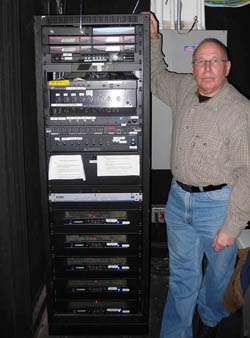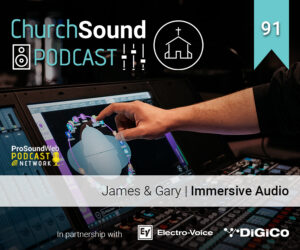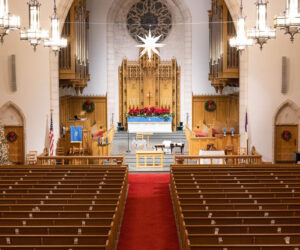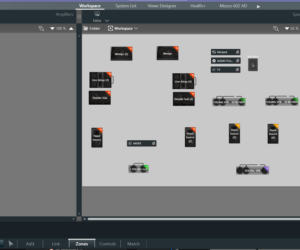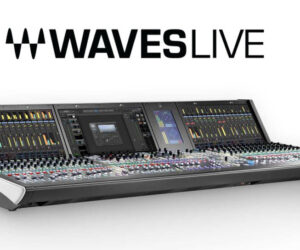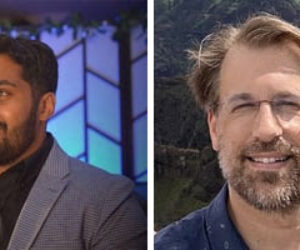Longtime FOH engineer and production manager Terry Friedman has, in recent years, stepped off the tour bus to offer schools, houses of worship, and other establishments in New York City his approach to audio under the name Noise and Distortion.
Two recent jobs highlight Friedman’s approach and philosophy. First, the all-girls private Brearly School on the Upper East Side of Manhattan required a functional sound system for its 800-seat theater.
For years, they had suffered with a convoluted system that was easy to mess up and difficult – even for the theater director – to operate.
As a result, sound was terrible and the only technical lesson that the students learned was that “sound systems are hopelessly incomprehensible, so don’t even try to understand them, let alone enjoy mastering them.”
Friedman gutted the existing system and replaced it with a choice selection of TOA and EV loudspeakers powered by Crown amps.
On the front end, a 24-channel Yamaha mixer now provides the student techies with straightforward volume, EQ, and routing control. That part of it makes the system usable and enjoyable.
To deliver great sound, Friedman installed a SymNet Express 8×8 Cobra DSP at the interface between the mixer and speakers, including the stage monitors. Unlike in the previous system, the students have no access to the SymNet unit, nor do they need it.
The DSP handles all of the dynamics, filtering, delays, and EQ for consistent performance behind the scenes.
The second job was again in the Upper East Side, this time at Temple Shaaray Tefila, where an aging digital signal processor was holding the system back.
Friedman repurposed an EV steerable line array that had previously only given the temple average sound and he introduced a rack-mountable Crest XR-20. The users interface solely with the XR-20. A SymNet Express 8×8 Cobra DSP hides in the background and, with all of the steerable line array’s DSP disabled, provides transparent dynamics, delays, EQs, and filters.
“They thought I put in new speakers, too,” laughed Friedman. “The line arrays sounded vastly more articulate and controlled than they had been in the previous configuration. And now with all of the processing, that makes them sound so wonderful, completely inaccessible, no one can go in to make any ‘improvements.’”
The same is true at Brearly. Friedman has returned to teach new groups of students how to use the system he installed, and every time, the integrity of his work has remained intact. He asks them if they need any changes, and the answer is always no.
When asked why he turns to Symetrix, Friedman replied, “Because Symetrix sounds so good! It’s easy to program. The company supports the product with abundant resources.”
“And the same characters who have been with the company for decades continue to work there. But the sound is the most important part, and I think Symetrix’ analog origins back in the 1970s have made the transition to digital much more musical than it has been for companies that don’t have that tradition.”


